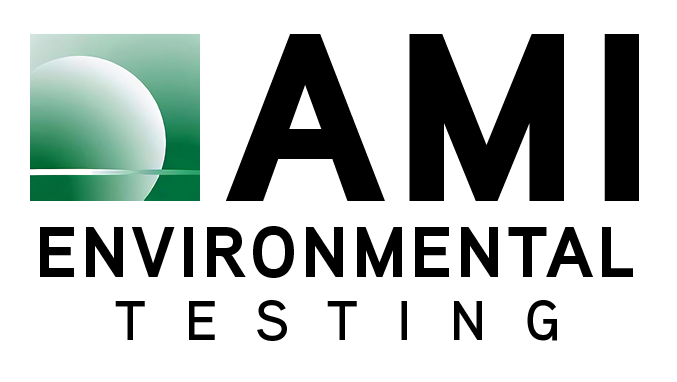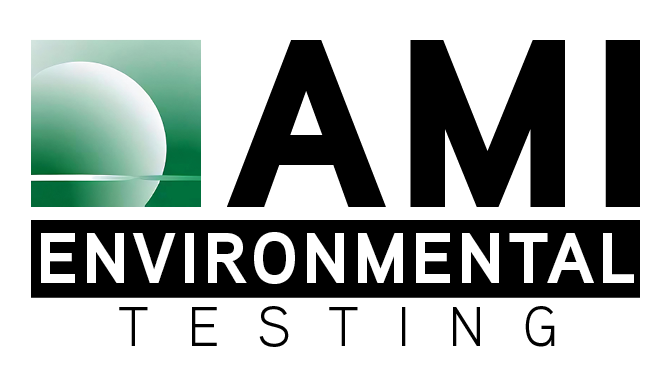Fluorescent light bulbs may be a great alternative for protecting the environment and cost effective for companies and people. When they are crushed or broken they can pose serious health risks to those who are around the fumes and those who have to deal with the cleanup. Mercury can do serious damage to the nervous system and affect kidneys and unborn children. Proper cleanup of fluorescent light bulbs should be a priority and not taken lightly.
Reducing Mercury Exposure in the Workplace
All workplaces where fluorescent bulbs are deliberately crushed or broken should have:
• A cleanup plan that contains information for workers on how to safely and properly clean up incidental mercury releases from broken bulbs.
– Brooms should never be used to clean up broken fluorescent bulbs because they will spread the mercury and the contamination site can move from one location to another.
– A vacuum cleaner should only be used if it is specifically designed to collect mercury. A regular vacuum cleaner will increase air levels of mercury and the vacuum will become contaminated. Never use a designated mercury vacuum to clean a non-mercury mess or contamination.
– Always wear protective gloves and protective eye wear to prevent serious risk.
– Contact with broken glass should always be avoided.
• Training to educate workers about mercury exposure, safe practices for working with fluorescent bulbs. Education for workers on the proper procedures of air filtration seals and systems to make sure they are functioning correctly.
For fluorescent bulb recycling and other work operations where crushing or breaking fluorescent bulbs is a primary activity an employer should provide:
• Well-ventilated work areas. Crushing machines and bulb recycling machines are equipped with air filtration systems, there is still potential for mercury vapor to be released. Whenever possible, machines should be located in rooms with a proper ventilation system that does not exhaust air or recirculate air near intake vents.
• Maintenance and evaluation programs to ensure that crushing or recycling equipment and ventilation systems are functioning properly.
• Air monitoring should be conducted as necessary to ensure that workers are not being exposed to hazardous levels of mercury.
At AMI Environmental, our job is to help organizations create a safe work environment in full compliance with government regulations. In doing so, our clients not only avoid lawsuits and potential disasters but also have the peace of mind that comes with knowing their building occupants are protected from possible harm. Our team works with your organization to establish and maintain compliance, including surveying your facility for risk; providing testing within your facility; maintaining testing protocol; and helping to streamline the record process. For more information or to request a complimentary consultation, please contact Doug Marshall at [email protected].



